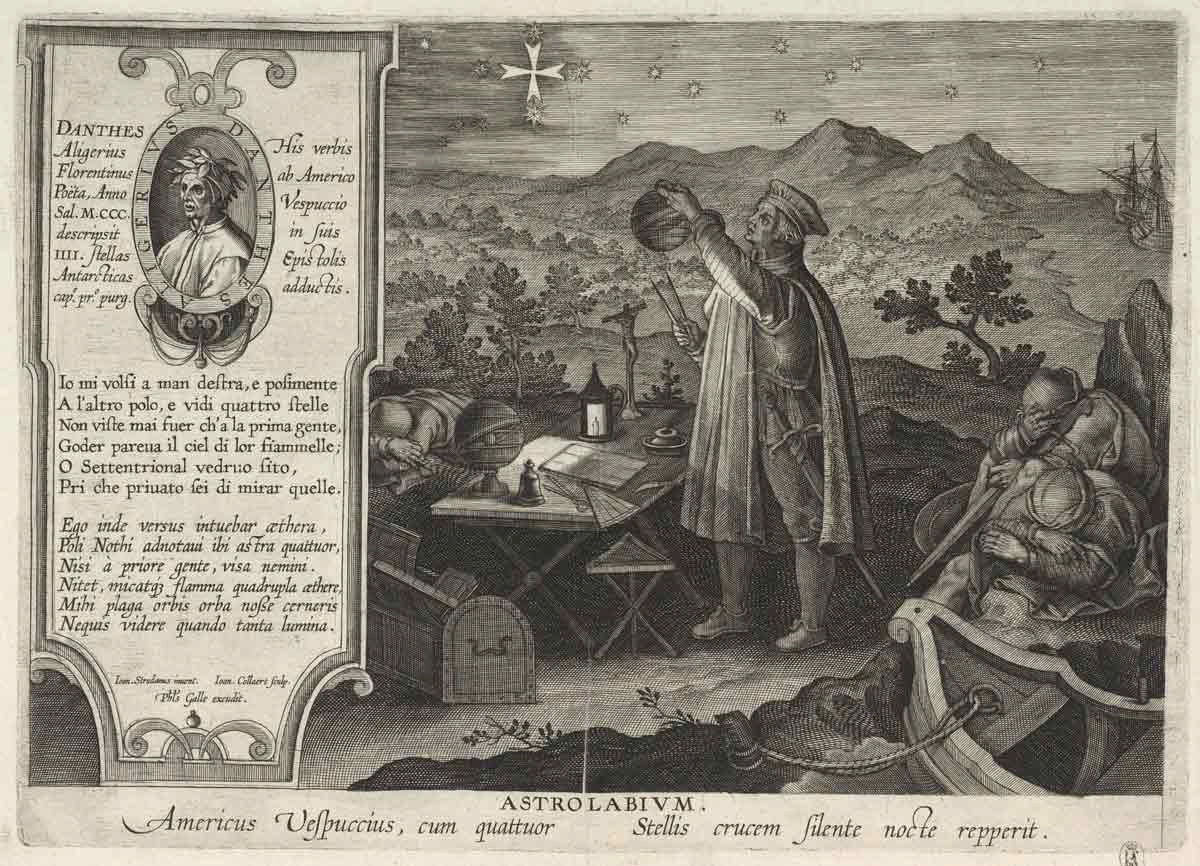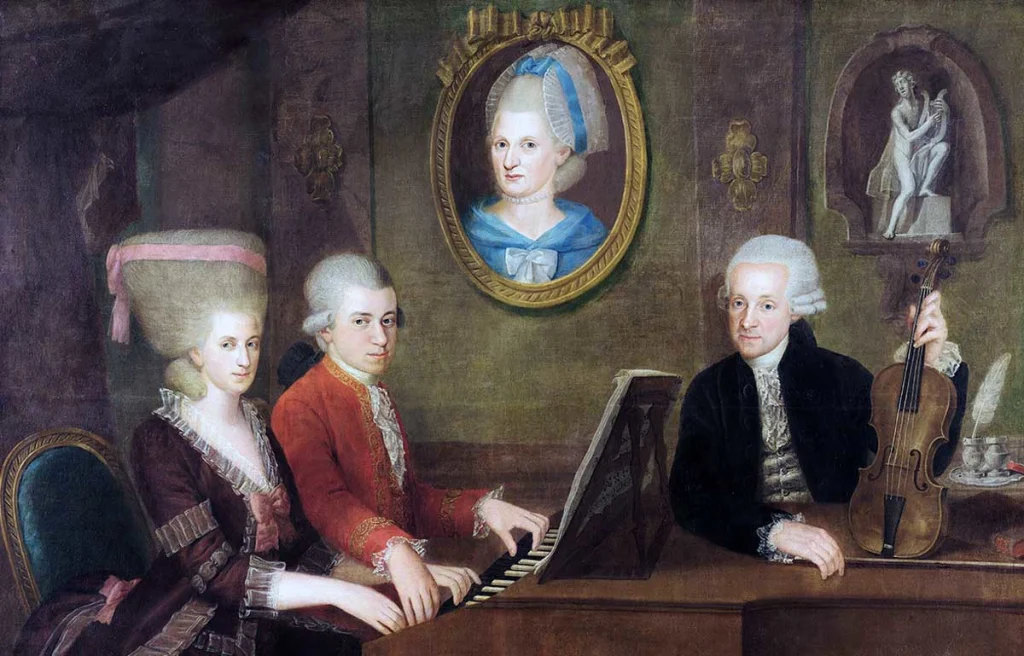Scan the periodic table and you’ll notice it isn’t just a catalog of matter—it’s a roll call. Tucked among Latin roots and place names are tributes to real people whose ideas, experiments, and reputations reshaped science (and, occasionally, the world beyond it). Fewer than two dozen elements honor actual historical figures, and—contrary to a common assumption—virtually none are named for the person who discovered them. Instead, each name is a tiny monument: some direct, some delightfully roundabout, all with a story.
Below are ten of those stories. Together they span five centuries, from Renaissance sky-watchers to modern makers of superheavy atoms, with philosophers, explorers, and Nobel founders elbowing in beside physicists and chemists.
Ten Names, Ten Elements
Ernest Rutherford → Rutherfordium (Rf, 104)
The “father of nuclear physics” earned a place on the table decades after his death. Rutherfordium is a synthetic, highly radioactive element first produced in the 1960s, amid a naming tug-of-war between Soviet and American labs. The final verdict from IUPAC enshrined Rutherford’s name—fitting for the man who cracked the atom’s structure and set the stage for nuclear science.
Nicolaus Copernicus → Copernicium (Cn, 112)
Copernicus moved Earth from the center of the cosmos; centuries later, a German lab honored that audacity with copernicium. Created in 1996 and officially named in 2009, the element salutes the astronomer whose heliocentric model “changed our view of the world.” It’s a superheavy, short-lived atom—a shooting star of the periodic table named for a star-mapper.
Dmitri Mendeleev → Mendelevium (Md, 101)
Without Mendeleev’s periodic table, the element hunt would’ve been guesswork. His brilliant arrangement predicted new elements and their properties with uncanny accuracy. When American scientists synthesized element 101 in 1955, they returned the favor: Mendelevium—a tribute to the logic that helped them find it.
Albert Einstein → Einsteinium (Es, 99)
Einstein didn’t discover element 99, but his name became its obvious home. First detected in the debris of a 1952 hydrogen bomb test and later produced in the lab, einsteinium is a research curiosity more than a practical material. Still, it feels right that the table’s most famous E=mc² thinker lends his name to a glow-in-the-dark corner of nuclear chemistry.
George Berkeley → Berkelium (Bk, 97)
This one’s indirect: berkelium was named for the University of California, Berkeley, where it was discovered—an institution (and city) itself named for the Irish philosopher-bishop George Berkeley. His immaterialism may have argued that objects exist only as ideas, but this element is very real, very radioactive, and very much a Berkeley product.
Niels Bohr → Bohrium (Bh, 107)
Bohr’s model of the atom transformed physics classrooms—and physics. Competing claims from Soviet and German teams gave way to IUPAC’s final choice: bohrium. Like its neighbors in the superheavy realm, it’s a lab-made sprinter with a fleeting life, but its name endures for the Nobel laureate who explained why electrons don’t crash into the nucleus.
Amerigo Vespucci → Americium (Am, 95)
Another indirect honor. Americium—discovered during the Manhattan Project—was named for the Americas, which were themselves named for the Florentine navigator Amerigo Vespucci. So the path goes: explorer → continents → element. You’ll meet americium today in smoke detectors, where a pinch of its radioactivity quietly saves lives.
Alfred Nobel → Nobelium (No, 102)
Inventor of dynamite, industrialist, and founder of the prizes that made “Nobel” a synonym for scientific prestige—his legacy detonates across disciplines. Stockholm researchers proposed nobelium in the 1950s; after some naming scuffles, the title stuck. It’s hard to imagine a more emblematic namesake for an element forged by human ingenuity.
Marie & Pierre Curie → Curium (Cm, 96)
Curium is the table’s rare double dedication—and the only one to include a woman’s name directly. Marie and Pierre Curie’s pioneering work on radioactivity (and Marie’s unparalleled two Nobel Prizes in two scientific fields) transformed modern science. Synthesized in 1944, curium honors their partnership and the radioactive frontier they opened.
Yuri Oganessian → Oganesson (Og, 118)
The heaviest element known is named for a living physicist—a rarity. Oganessian spearheaded the quest for superheavy elements, pushing the frontier to the current edge of the table. In 2016, IUPAC recognized element 118 as oganesson, a noble-gas-like heavyweight whose existence—however brief—owes much to the man nicknamed the “grandfather of superheavy elements.”
The Rest of the Roll Call
Plenty of other names glitter on the table’s far reaches (and a few in the middle). Among them: Fermium (Enrico Fermi), Lawrencium (Ernest Lawrence), Roentgenium (Wilhelm Röntgen), Meitnerium (Lise Meitner), Seaborgium (Glenn T. Seaborg), Flerovium (Georgy Flerov), Livermorium (named for a lab and city honoring Robert Livermore), Samarium (via the mineral samarskite, named after Vasili Samarsky-Bykhovets), and Gadolinium (Johan Gadolin). Some honors are direct, others travel a scenic route through place names and minerals, but all speak the same language of recognition.
Why These Names Matter
Element names aren’t trophies for discoverers; they’re signposts. They point to ideas that changed our models (Bohr, Copernicus), frameworks that organized discovery (Mendeleev), technologies that reshaped society (Nobel), and collaborations that built whole research cultures (the Curies, Oganessian and his teams). Even the indirect cases—Berkelium, Americium—remind us that science lives in institutions and nations, in voyages and universities, as much as in single eureka moments.
So the next time you see Rf, Cn, or Og in the bottom row, read them like footnotes. Each symbol compresses a biography, a lab rivalry, a committee debate, and a fragment of human ambition into two or three letters. The periodic table is stable in its structure, but its names tell a story that’s always moving—across centuries, across continents, and straight into the heart of how we learn what the world is made of.











































